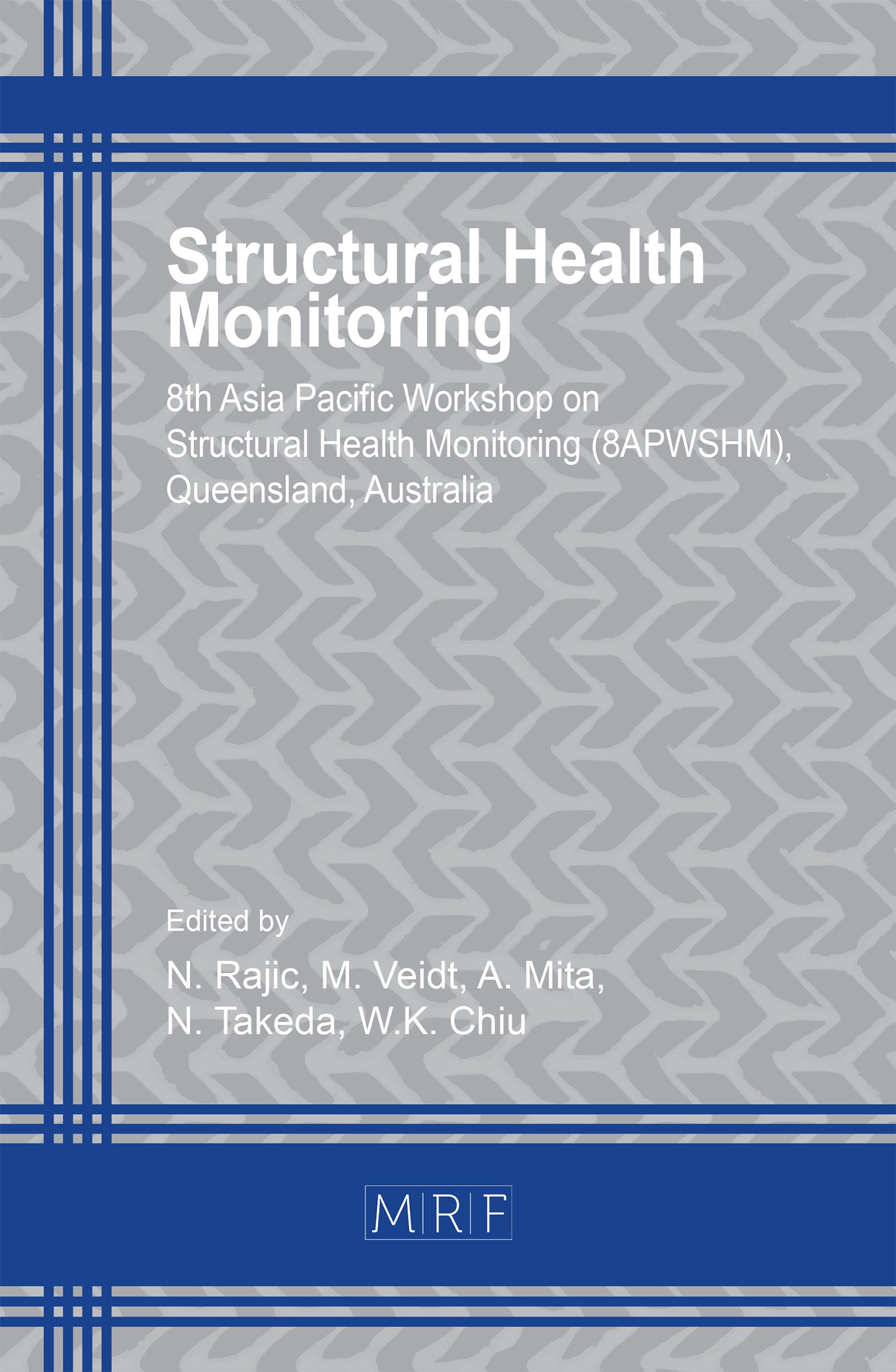Residual Stress Measurement of Additively Repaired Ti-6Al-4V Using Fibre Optic Sensing
Matthew Stevens, Kieran Pryor, Suzana Turk
download PDFAbstract. Laser metal deposition (LMD) is a laser-based additive manufacturing (AM) technology that offers significant advantages in the production and repair of bespoke and valuable parts targeting applications in the aerospace, tooling and medical industries. A significant problem with AM is the development of high residual stresses, deformation and cracking. Advanced sensing technologies can be a useful tool for characterising residual stress (RS) and the structural response of AM aerospace components under fatigue loading conditions. This paper reports on a feasibility study assessing the performance of fibre optic (FO) distributed strain measurement technology to measure surface RS in comparison to traditional electrical resistance strain gauges and the contour method. The results from this study will be used to justify further experimental work.
Keywords
Fibre Optics, Distributed Strain Sensing, Continuous Fibre Gratings, Residual Stress, Laser Metal Deposition
Published online 2/20/2021, 8 pages
Copyright © 2021 by the author(s)
Published under license by Materials Research Forum LLC., Millersville PA, USA
Citation: Matthew Stevens, Kieran Pryor, Suzana Turk, Residual Stress Measurement of Additively Repaired Ti-6Al-4V Using Fibre Optic Sensing, Materials Research Proceedings, Vol. 18, pp 37-44, 2021
DOI: https://doi.org/10.21741/9781644901311-5
The article was published as article 5 of the book Structural Health Monitoring
![]() Content from this work may be used under the terms of the Creative Commons Attribution 3.0 licence. Any further distribution of this work must maintain attribution to the author(s) and the title of the work, journal citation and DOI.
Content from this work may be used under the terms of the Creative Commons Attribution 3.0 licence. Any further distribution of this work must maintain attribution to the author(s) and the title of the work, journal citation and DOI.
References
[1] Q. Liu, M. Janardhana, B. Hinton, M. Brandt & K. Sharp, Laser cladding as a potential repair technology for damaged aircraft components. International Journal of Structural Integrity (2011) 2:314-31. https://doi.org/10.1108/17579861111162914
[2] M. Leino, J. Pekkarinen & R. Soukka, The role of laser additive manufacturing methods of metals in repair, refurbishment and remanufacturing – enabling circular economy. Physics Proceedings (2016) 83:752-60. https://doi.org/10.1016/j.phpro.2016.08.077
[3] H. Liu & F. Liou, Residual stress modeling and deformation measurement in laser metal deposition process. New Challenges in Residual Stress Measurements and Evaluation, 18/12/2019. https://doi.org/10.5772/intechopen.90539
[4] Y.R. Choi, S.D. Sun, Q. Liu, M. Bradt & M. Qian, Influence of deposition strategy on the microstructure and fatigue properties of laser metal deposited Ti-6Al-4V powder no Ti-6Al-4V substrate. International Journal of Fatigue 130 (2020) 105236. https://doi.org/10.1016/j.ijfatigue.2019.105236
[5] H. Ali, H. Ghadbeigi & K. Mumtaz, Effect of scanning strategies on residual stress and mechanical properties of selective laser melted Ti6Al4V, Materials Science & Engineering A, 712 (2018) 175-187. https://doi.org/10.1016/j.msea.2017.11.103
[6] I. Yadroitsev & I. Yadroitsava, Evaluation of residual stress in stainless steel 316L and Ti6Al4V samples produced by selective laser melting. Virtual and Physical Prototyping, 10:2 (2015) 67-76. https://doi.org/10.1080/17452759.2015.1026045
[7] M. Turski & L. Edwards, Residual stress measurement of a 316L stainless steel bead-on-plate specimen utilising the contour method. International Journal of Pressure Vessels and Piping, 86:1 (2009) 126-131. https://doi.org/10.1016/j.ijpvp.2008.11.020
[8] All Grating Fibres (AGF), 2020, FBGS, viewed 9th October 2020
[9] Zhou, DP, Chen L & Bao X, Distributed dynamic strain measurement using optical-frequency domain reflectometry, Applied Optics, 55:24 (2016) 6735-6739. https://doi.org/10.1364/AO.55.006735































